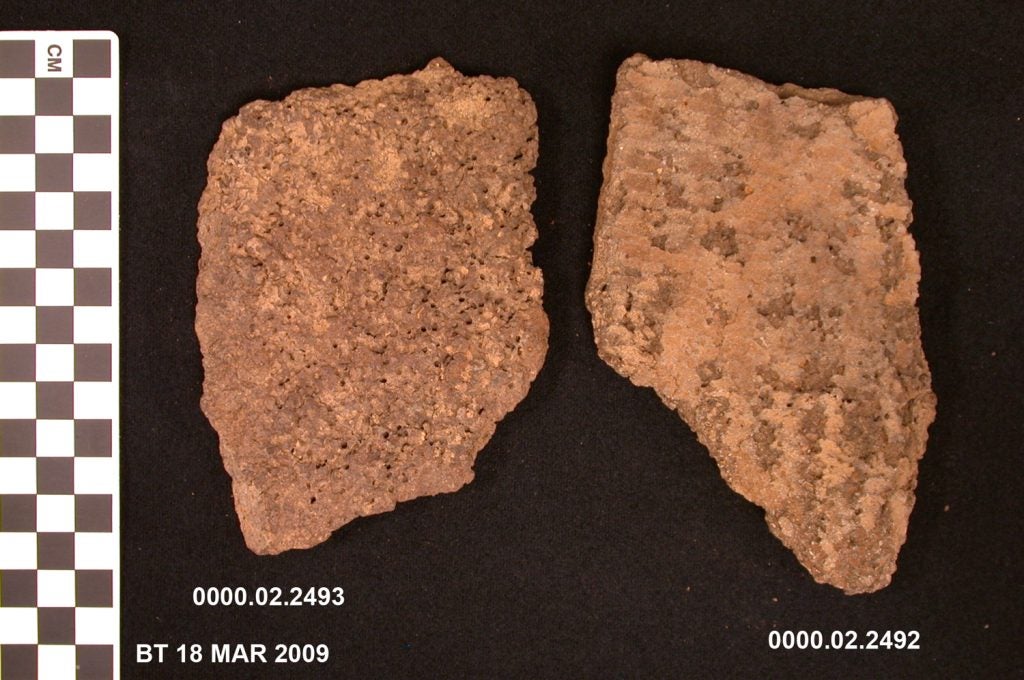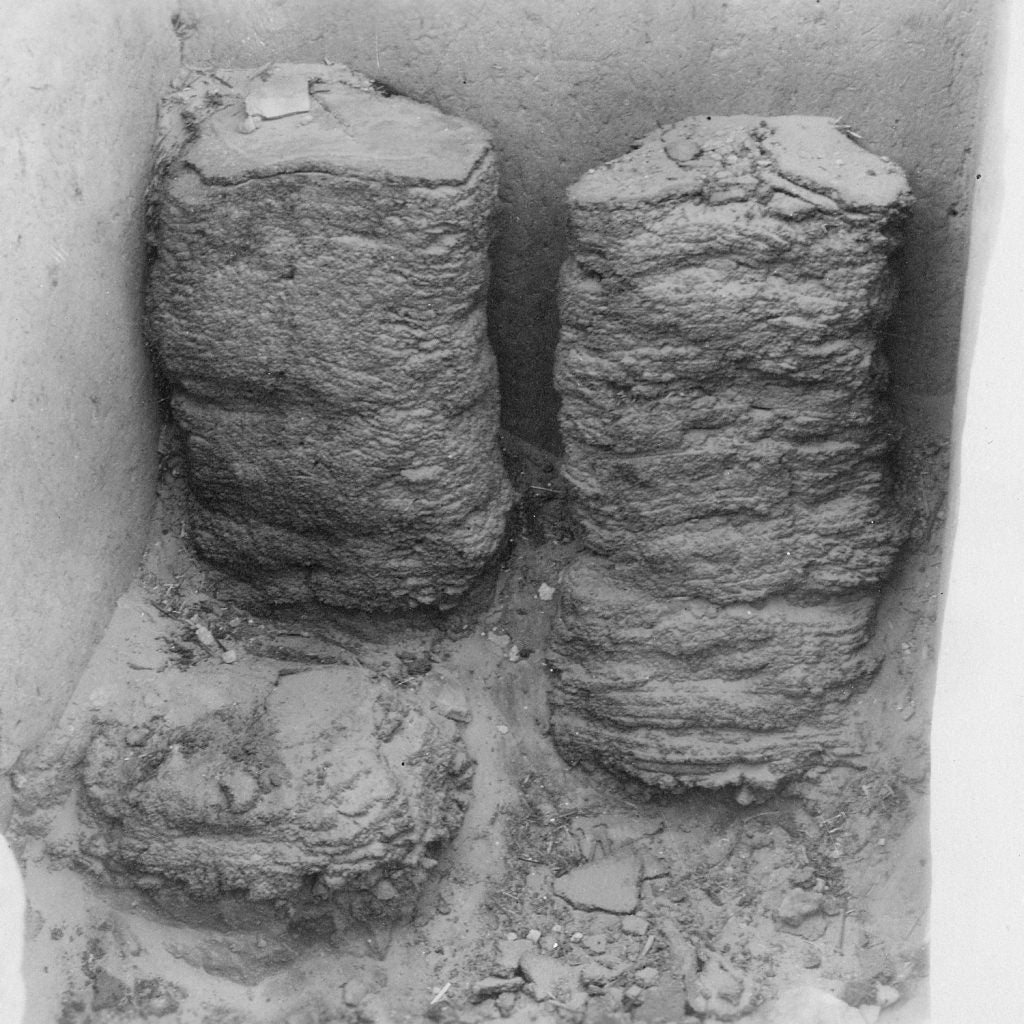By Suzanne Davis
Welcome to springtime, Ugly Object fans! Or wait, maybe it’s still winter? The huge piles of snow have melted, campus is basically completely flooded, and daffodils and tulips are beginning to show us that they still live. And yet … it keeps freakin’ snowing and it’s hard to remember when we last saw the sun.
So I am keeping myself sane by doing the same things that got me through winter, namely cooking, knitting, and reading mystery novels, but mostly cooking. This ugly object is for all my fellow cooks and bakers who are staying sane the same way, and also for people who like a cozy ancient mystery where no one gets murdered.

Excavated in 1935 from the Roman Egyptian town of Karanis, Egypt, these objects are the remains of ancient flatbread … or so the excavators thought. Even at the time, there were some clues that they might not be bread. For example, they were found in huge stacks in a sort of warehouse-y space, which is odd, because—even back in the day—you would not expect bakers to warehouse their finished loaves. Typically you bake and sell on the same day (which is why you can get Zingerman’s bread on sale at the Produce Station after a certain time every afternoon—bread is a “one-day item”).

The “bread” story never seemed quite right, and there was speculation about this material for decades, but what else could it be? The idea that it was flatbread persisted until the mid-1990s when a crack team of forensic scientists (paleobotanists) sampled the “loaves” and discovered that they are … wait for it … the crushed pits and skins of olives. In other words, these are what’s left over after you make olive oil. Just like me, the people of Karanis were crazy for olive oil, and they not only made their own, with large olive presses scattered throughout the town, but they also imported it from many locations around the Roman world. (Sometimes you’re just in the mood for a nice one from Andalusia, right?).
Now, why were these olive pressings stacked up in a warehouse? Were they going to be recycled/reused? Was there some other plan? As far as I’m aware, that’s still a mystery.


